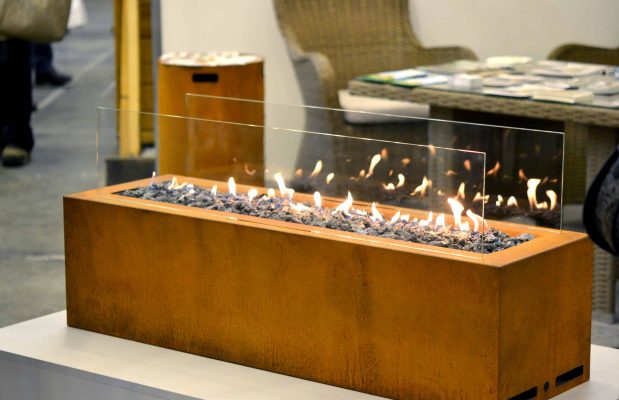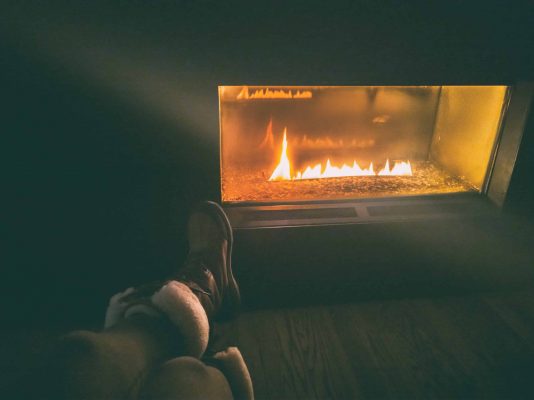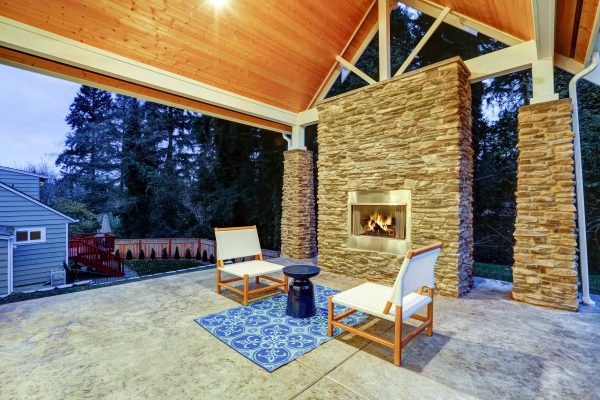The Benefits of a Gas Fireplace
Fireplaces make popular home additions because they produce warmth and create a homely touch. Whether you want to add one to new construction plans or an existing home, you have to decide between gas or fire units. The following benefits outline the usefulness of gas fireplaces and show why many homeowners love them.
Economics
Gas fireplaces are cheaper to install than wood fireplaces. That’s because they don’t need a chimney, flue or heat-resistant mantel. All it takes is a single gas line, and the cost to route it starts at about $150. If the home doesn’t have natural gas, just purchase a propane tank for the power source.
When it comes to fuel, a gas fireplace is usually cheaper than a regular one. That’s because natural gas often costs less than electricity and burns for longer than wood. It often costs less than wood as well.
Efficiency
When a gas fireplace has a built-in blower, it can create more warmth than a traditional unit. Because this efficiency comes with fewer emissions as well, it translates to a more environmentally friendly alternative. The Environmental Protection Agency (EPA) has regulations in place for wood-burning fireplaces, and you can’t use them during times of burn bans. Gas units don’t fall under these restrictions, so you can enjoy them anytime.
Safety
A gas fireplace gives you more control because it turns on and off easily by flipping a switch. Many units even have timers, so they won’t burn while unattended. There is no need to gather, store, chop and collect firewood. Since it doesn’t cause sparks, soot, ash, creosote or smoke, it is cleaner than a wood-burning unit and won’t cause any damage related to those contaminants.
Versatility
Since a gas fireplace doesn’t require a chimney, it provides more installation options. While traditional wood-burning units often occupy the center of a main wall, you could install a gas fireplace in a corner, basement, bathroom or patio. This versatility allows you to save space and money.
Wellness
People who suffer from some medical conditions that affect breathing, including asthma and allergies, can tolerate gas fireplaces better than wood-burning ones. That’s because natural gas fireplaces don’t release smoke nor do they create soot. This fact makes them a healthier alternative than traditional hearths.
Investment Return
Since the complete cost for materials and installation, including gas line, ventilation and wiring, can run less than $5,000, it’s easy to see why these units appeal to many homeowners. Additionally, buyers often look favorably upon properties with gas fireplaces. Sellers can look forward to recouping up to 80 percent of the unit price.
When it’s time to choose a fireplace, knowing these benefits can help save time and money. This information will also help you help you understand the drawbacks of wood-burning units.




